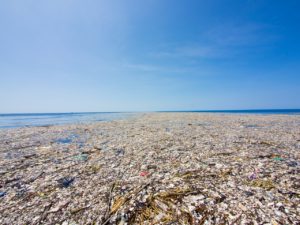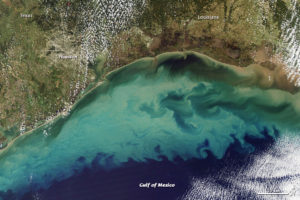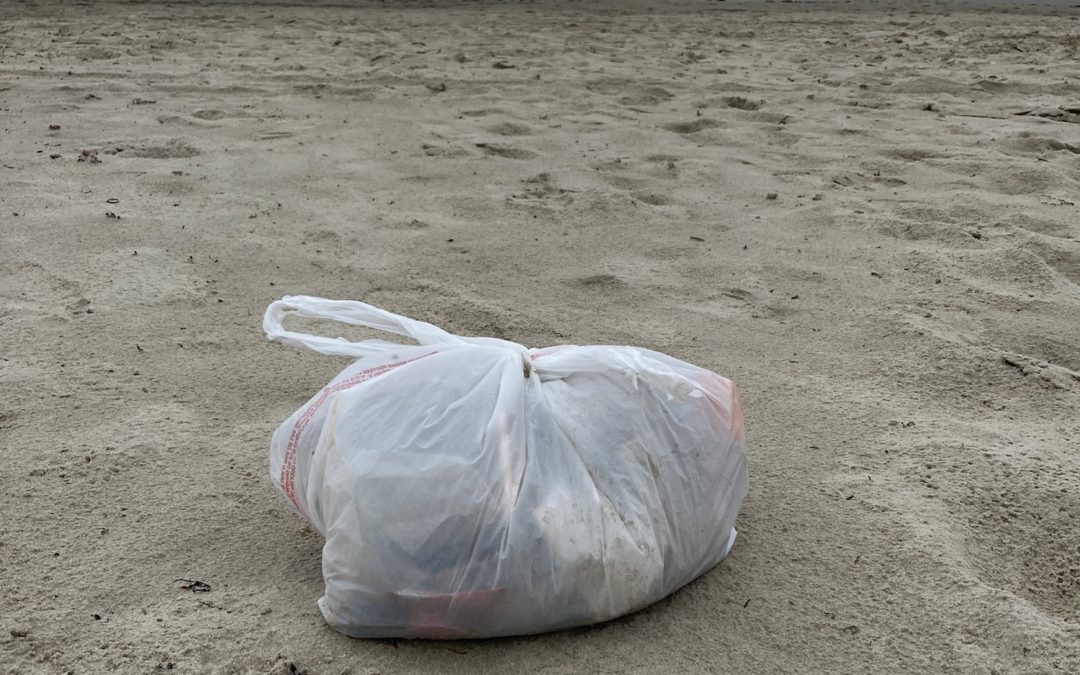There are 5.25 trillion pieces of plastic debris in the ocean. 18 billion pounds of plastic trash winds up in our oceans each year.
Humans cause the death and destruction of millions of organisms and hundreds of environments every year simply because we are careless and ignorant. Everywhere we go we leave behind trash. Many people don’t even realize what kind of damage they are causing when they leave behind a plastic bottle or a straw or even the smallest wrapper.
The plastic bag in the picture above is a bag of trash that I filled while walking on the beach with my family. In only 20 minutes I filled an entire bag with wrappers, straws, plastic bottles, bottle caps,strings, and more. It doesn’t take a genius to know that our pollution will eventually catch up with us and cause our kind to go extinct. Imagine the good we could do if everyone took 20 minutes to pick up the trash they walked past every day. I’m not saying people need to go out and pick up trash, I’m saying that people need to make a small effort to care about what impact their trash is having on the world. Not only are environments and plants and animals affected by our actions but future generations will be too.
Pollution is the #1 cause of destruction in the world and scientists believe that by 2040 it’ll be too late to fix all the harm we have caused.
With this information I hope that you can find it in your heart to pollute a little less everyday and to help reverse the pain that we have been inflicting on this world for so many years. Even the smallest efforts make the biggest differences.
“Be the change you want to see in the world” -Gandhi

The Great Pacific Garbage Patch
Found of the coast of California, the Great Pacific garbage patch is an island of trash that is twice the size of Texas. There’s an estimated 1.8 trillion pieces of garbage in this patch making the ratio of floating pieces of trash to marine life (in the environment around the patch) 6 to 1.

The Gulf of Mexico Dead Zone
A hypoxic area is an area that has such a low concentration of oxygen that animal life cannot exist because animals would suffocate and die in these areas. Along the Gulf of Mexico there is a dead zone the size of New Jersey where no animal life is found for almost 7000 miles. This dead zone is caused by an excess of nutrients that runs off into the ocean from pesticide pollution, fertilizers, sewage, etc.

